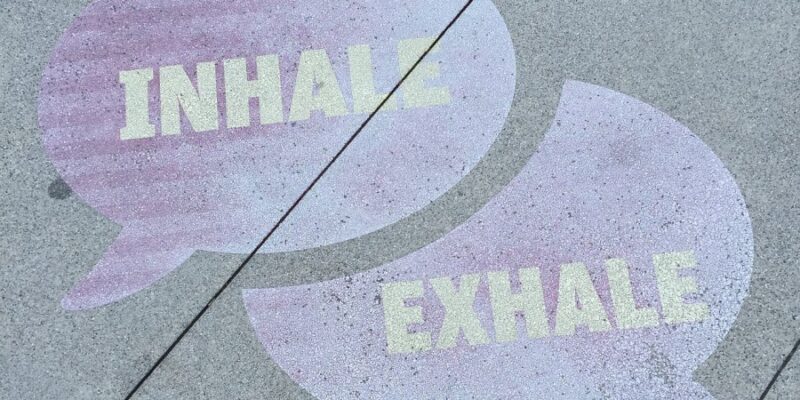
Breath Retention simply means to hold your breath, either after inhalation or after exhalation. In fact, when done consciously, you extend or introduce a pause at the max of the inhale and/or at the max of the exhale. The moment of Breath Retention is thus a state where there is no inhalation or exhalation.
Deliberate Breath Retention is basically a voluntary form of Hypoventilation, which means that your breathing pattern doesn’t meet the needs of the body, typically leading in a lack of Oxygen (O2) and a surplus of Carbon Dioxide (CO2) in the bloodstream.

Holding your breath is also an ancient practice within Indian Yoga practices, that is, applied in various Pranayamas and/or in Yoga Asana postural exercises, but most notably in Kumbhaka Pranayama, which specifically addresses this breathing technique.
According to various ancient Indian Yoga masters, the real meaning of Pranayama is actually “the gradual cessation of breathing, the discontinuance of inhalation and exhalation.” The idea behind mastering Yogic Breath Retention is that one can become completely relaxed, being able to concentrate and meditate deeply, and even accomplish a state of Spiritual Enlightenment or Samadhi (divine spiritual union).
In Kumbhaka Pranayama, the retention after an inhale is called Antara Kumbhaka, and when applied after an exhale it’s called Bahya Kumbhaka. Mind that the state of complete suspension of breathing for as long as the Yogic practitioner wishes is called Kevala Kumbhaka, which is the ultimate aim of this practice.
There are many ways to perform Kumbhaka Pranayama. For instance, you can sit in the Lotus or Half-Lotus position (cross-legged) and inhale for 5 seconds. Then retain your breath for 10 seconds, followed by exhaling smoothly and slowly, and then taking several normal breaths. You can do five such rounds per session, gradually increasing the time of retention as far as it remains comfortable.
Deliberately holding your breath for a certain period after inhalation or after exhalation is also applied in some modern Breathwork modalities as part of the breathing patterns and rhythms they incorporate in their methods.
In any case, Breath Retention is also used as a more down-to-earth, practical technique to help reduce O2 requirements, which can be helpful in certain situations, for instance, for COVID patients.

To be able to hold your breath for a longer period can also be a life-saving proficiency, for instance, like when accidentally coming below a water surface, or finding yourself in a place that’s on fire and contains much smoke.
It’s normal to be able to hold your breath for about 30 seconds in a more or less comfortable way. Afterwards — that is, up to about two minutes — it usually starts to become unpleasant or even painful. And holding your breath even longer can be outright dangerous for your health.
Mind that holding your breath for too long can have some problematic side effects, such as a lower heart rate due to lack of O2, too much CO2 and nitrogen gases in your bloodstream, feeling disoriented, loss of consciousness, blackouts, bleeding in your lungs, lung injury, cardiac arrest, and/or brain damage, to name some issues.
Nevertheless, there are various health benefits associated with appropriately (and gradually) practicing Breath Retention, such as general improvement of breathing and lung function, being able to relax more easily, increased overall resilience and endurance, strengthening of cardiovascular health and immune system, improvement of concentration ability, increased longevity by maintaining healthy stem cells, increased red blood cell count, potential regeneration of brain tissue, and a better resistance to bacterial infections.















